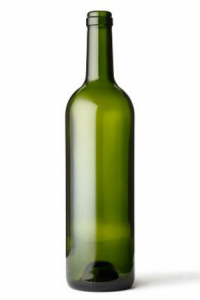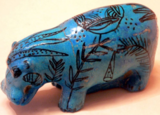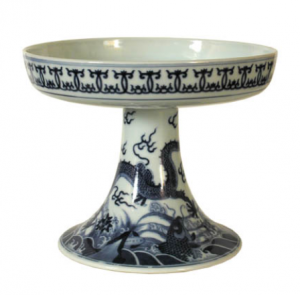The amber color present in some of the autosampler vials is created by organic or inorganic pigments or dyes.
In glass vials, the amber color is from iron oxide (Fe2O3), added in less than 1% concentration.
In plastic (polypropylene) vials, the color is produced from a proprietary organic compound present in mostly less than 0.1% concentration so no iron is used making it appropriate for Ion Chromatography. At concentrations greater than ~2%, the vial becomes completely opaque. The full list of items which have an amber color is given as follows:
NOTE: The purpose of the amber color is for cases in which light sensitive compounds are involved. Folic acid for example is sensitive to photo oxidation and therefore the effects of ambient light could be detrimental to accurate analyte quantitation.
NOTE 2: There are two types of chemicals which are introduced to a substrate to produce color: pigments and dyes. Although the two terms are often used interchangeably in everyday language, they are actually distinct. Pigments are insoluble in the substrate in which they are infused and are present as a dispersed suspension in the material. Dyes on the other hand are soluble in the substrate and are present as a solution. In the amber products discussed above, the iron oxide in glass is a pigment and the proprietary organic compound in polypropylene is a dye.
A wide variety of colors besides amber can be produced in glass depending on the colorizing agent used. The green color used in wine bottles (Fig. 1) for example is produced by a combination of iron oxide and chromium (in the form of chromic oxide or potassium dichromate). Copper produces a turquoise color notable for use in Egyptian Blue, a widely used synthetic pigment in antiquity (Fig. 2). Cobalt gives a deep blue color which has been found in many examples of ancient Chinese porcelain (Fig. 3). Also, glass coloring is not necessarily produced by the addition of pigments or dyes. Due to the Tyndall effect for example, color in glass can be achieved by light scattering in a suitable medium.

Fig. 1. Coloration in wine bottle

Fig. 2. Example of Egyptian Blue in an ancient artifact

Fig. 3. Cobalt used in Chinese porcelain.

